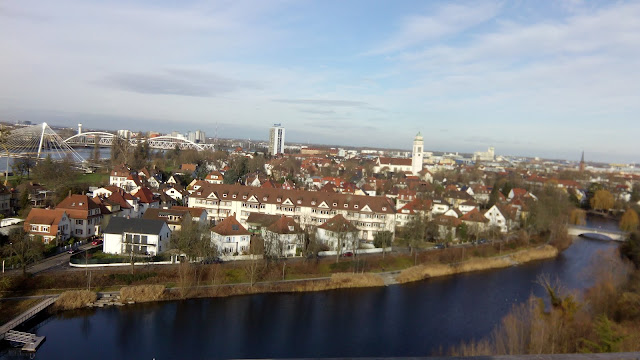Reflection for Ch 2 of Alice’s Adventures in Wonderland
After reading chapter 2 of Alice’s Adventures in Wonderland,
I realize that it is a work of art. Especially, I find it interesting
especially in terms of mathematics. For example, Alice said "Let me see:
four times five is twelve, and four times six is thirteen, and four times seven
is—oh dear! I shall never get to twenty at that rate!" This is a kind of
word play here, and, interestingly, based on mathematics. We all know that four
times five is twenty. Then, why the author chooses twelve instead? Is there
anything special about twelve? In Alice’s case, yes! Four multiplies five
equals twelve when it is in base 18 notation. Of course, thirteen is also reasonable
because it is in base 21 notation!
Why
multiplications have different from what we are familiar? Here is the thing: It
depends on bases. What we are adapted to is in decimal. What about the others? Let’s
start from easy one. When it is in binary, we only have 0 and 1. Therefore, one
pluses one is ten, and one times one is one. Computers employ this base when
computing. When the base expands to have eight notations, which are from zero
to seven, we will have different rules in calculation. For example, four times
two is ten. Because it exceeds seven, it has to be carried to the tens column.
For bases beyond
decimal, we have to apply letters as new notations. For example, in eleven
base, we have 0, 1, 2, 3, 4, 5, 6, 7, 8, 9, and A. In twelve, we will one more
notation, B, than that of eleven base. As a result, five times two is no longer
10 in twelve base. Instead, it is 1A because the notation after nine is A. Thus,
10 is converted to an “A” in twelve base.
Back to Alice’s
math problem, we will find it funny, saying “I shall never get to twenty at
that rate!” We start from four times five in base 18 notation and four times
six is thirteen in base 21 notation. We will also have four times seven is
fourteen in base 24, and four times twelve is nineteen in base 39. What’ more,
we have four times thirteen is 1A in base 42. The following results are 1B, 1C,
1D and so on. It seems impossible to reach twenty at this rate. As a result,
this is a mathematical joke here.
I find this joke
interesting because I had been trained with calculus and applied math which are
necessary in my major, Atmospheric Science. As I am going to give my
presentation, I hope everyone can appreciate this part of Alice.


Commentaires
Enregistrer un commentaire